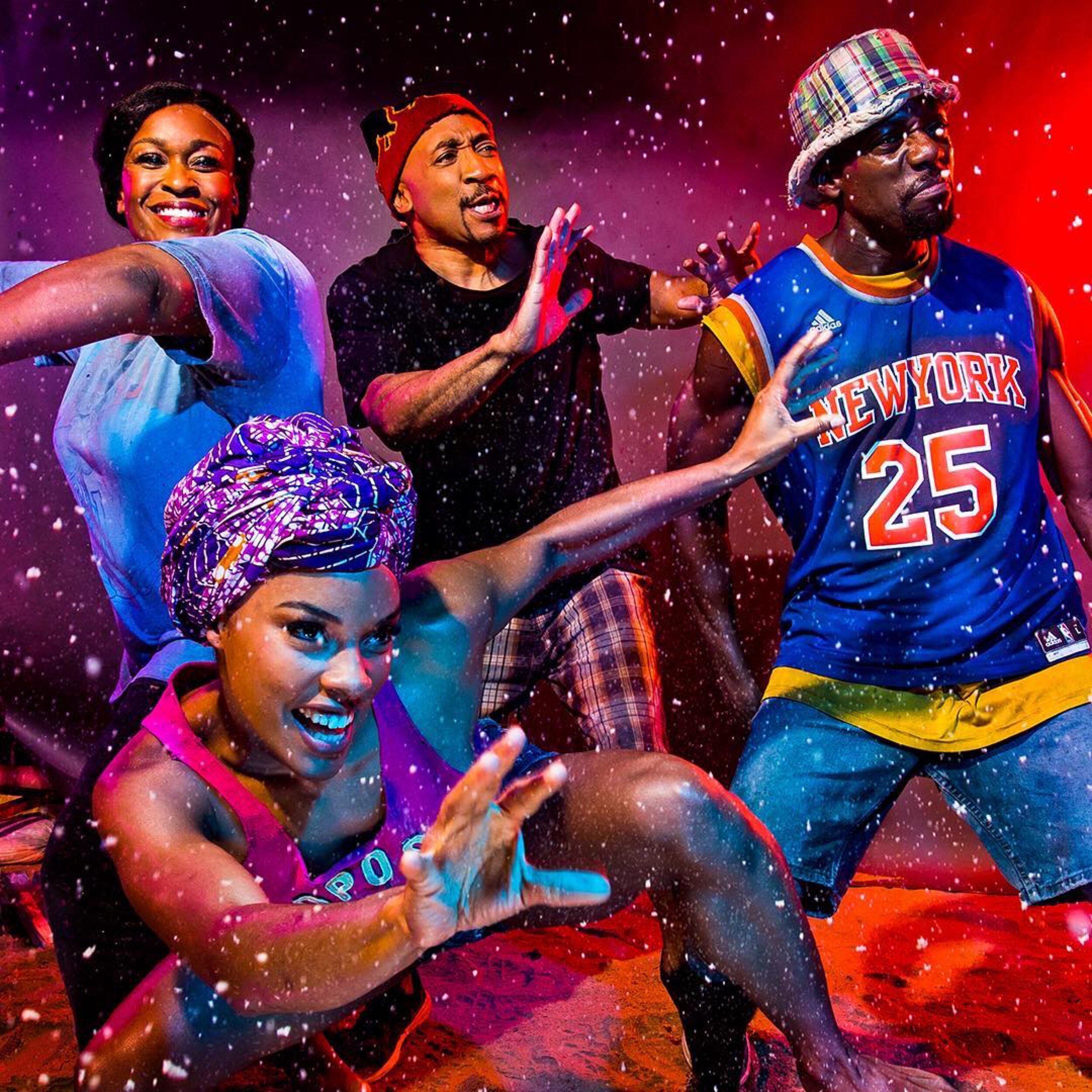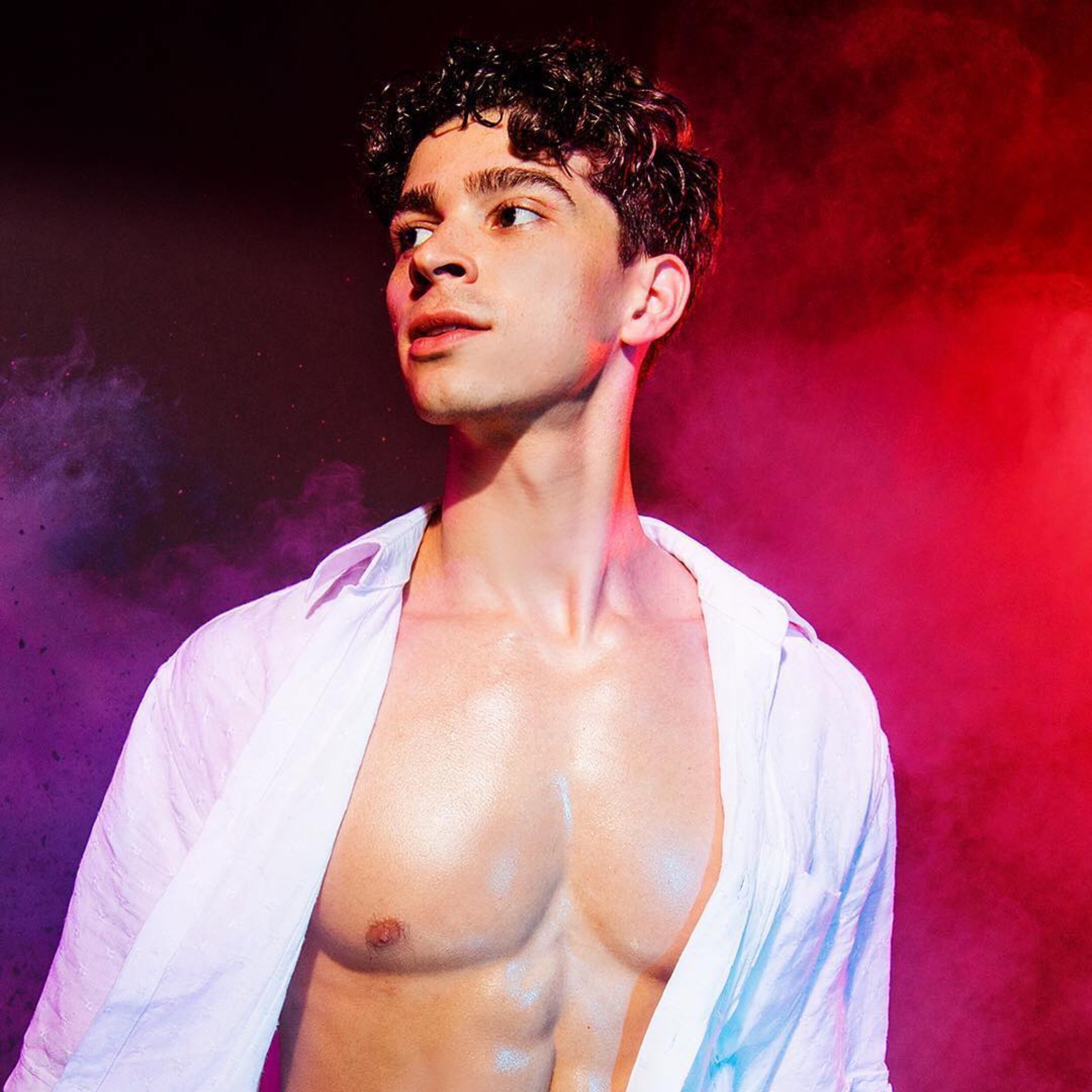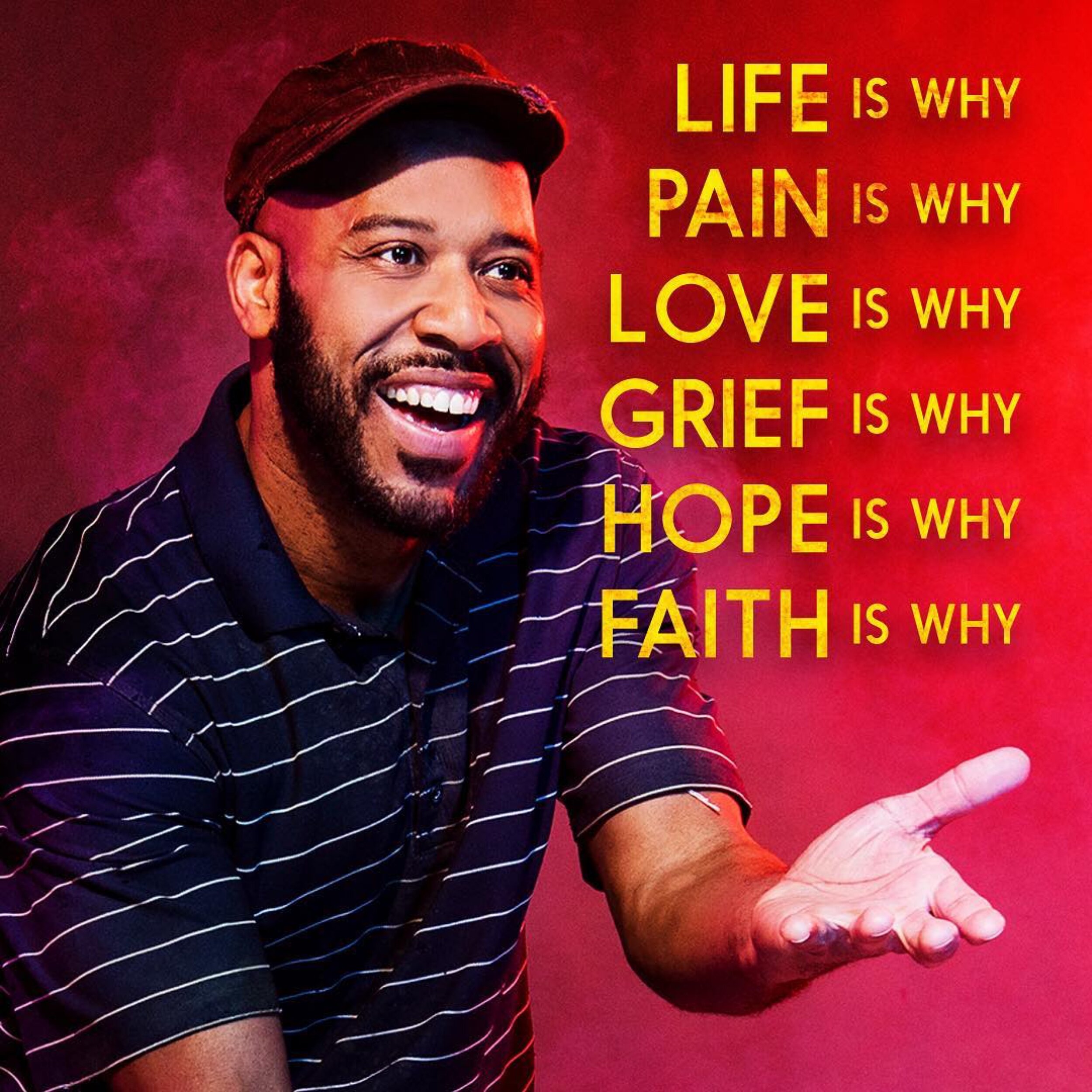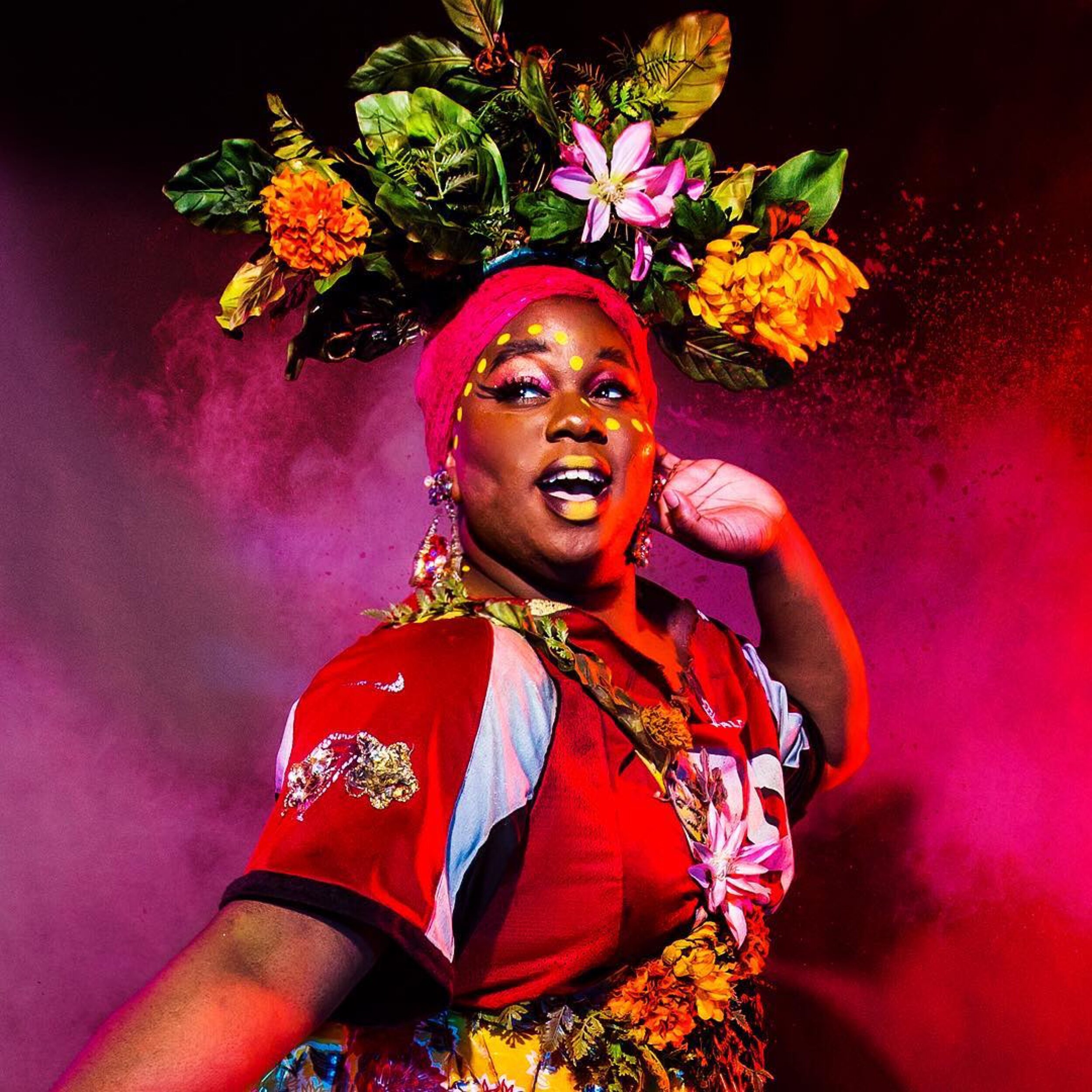Once On This Island BTS
Most campaigns we work on are shot in a studio. There are a whole slew of reasons for this: maximum flexibility in post, full control of lighting/equipment…the list goes on and on. But for the recent Tony-Winning revival of Once On This Island we had to get a bit creative.
“As Once On This Island progressed in its life on Broadway, our team at [the ad agency] AKA wanted to shift our strategy to focus on all the immersive elements that bring the show to life,” notes creative director Robert Postotnik. “For this campaign evolution we presented about 10 different concepts. AKA commissioned a sketch artist to draw the concepts out so the client could better understand how the cast would be positioned while interacting with the natural elements.”
Almost the entire campaign was photographed using a very wide lens to play with more extreme angles and make it feel like the action was reaching right out of the poster. “We quite literally got into the sand, had fire burning, animals running around, and had the cast swimming in water. Playing with all of these natural elements that existed at the theater added dimension and depth.”
With any shoot, but especially one with as many moving parts as this one, preparation is key. “When I prepare I definitely go overboard,” he says. “I make a detailed shot list specific to the concept we had approved, and then I create shot lists for back-up concepts as a contingency plan if things play out differently on set. I also allow for extra time to let the performers riff and play with the photographer. Photo shoots have to be a balance of preparation and spontaneity.”
This type of environmental shooting allowed a certain ease for the actors. “It wasn’t that hard to get into character,” says Hailey Kilgore, the actress who played Ti Moune. “We had been performing for a year and we were in our space so it was great. I tried to use the shoot an opportunity to hone in further on my character.”
For a successful shoot she notes that “music is key. The best shots are truly the ones where your spirit glows through the image. I love playing music”—on this shoot an M.I.A. Pandora station—“and being really early to set. Then you can just ease in to it.”
“I just remember to breathe if I’m feeling anxious,” says co-star Isaac Powell. This guiding principal would come in handy as due to scheduling conflicts Powell almost was unable to make it to the shoot. He’d originally been scheduled to film a television show all day, but wrapped early and was able to make it to set with about 45 minutes to spare. “My breath is the first thing to go, which stifles my impulses and my sense of play, [so I make] sure my breath is relaxed and consistent.”
The majority of the campaign was photographed against a seamless drop in the sand on stage so we would be able to make some cutouts and groupings in post. (There was an additional day of shooting done during a performance to capture audience shots that would be composited in post.) For the lighting we used three battery operated Profoto D1 Air 500’s. Two were shot through umbrellas for rim lights (one with a magenta gel and one with a purple gel to mimic colors found in stage lighting) and the other was our key light in a Mola Euro beauty dish bounced down into two large silver reflectors for some magic catch light.
However for the end of the day we made a shift to our most technically challenging aspect of the shoot: the pool on set.
“The hardest part was all of the water splashing we did,” says Powell. “It had to be very precise to get the right shot. [Normally] we were never allowed to spend much time in the pool, but on set that day we got to have a lot of fun in there.”
Motions were repeated multiple times as the clock ran down on the shoot. With haze, water, and ensuring the equipment stayed unharmed, all departments had to work quickly to accomplish the shot (which would become the first poster released from the shoot).
Once the shoot wrapped, Postotnik took all the materials to create tangible assets for multiple uses. These range from key art (posters, marquees, Playbill covers) to digital banners, subway “takeovers” where multiple images create a wallpaper of sorts for large stations, and print ads.
“I pull selects almost immediately,” he says. “I need to go through the photos while they are still active in my mind. My team and I usually have about a week to turn around our first round of rough mock-ups of what the campaign will look like. In that initial presentation we may present between 5 and 10 executions utilizing our new assets. We will typically go back and forth with the client for a few rounds before settling in on a finished design. Finally we re-touch all the photo assets and then prepare them to be distributed to multiple teams working on the production.”
Take a look at some more of the final shots below.















